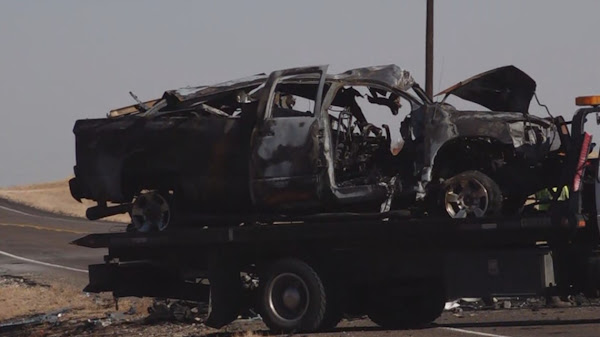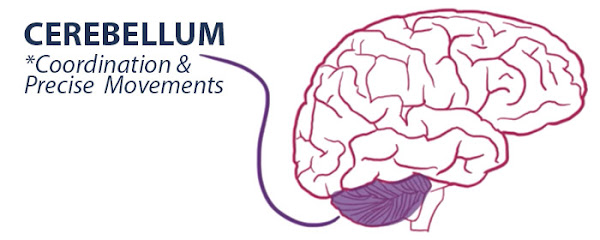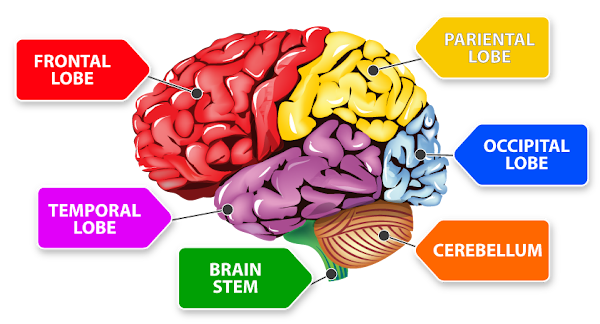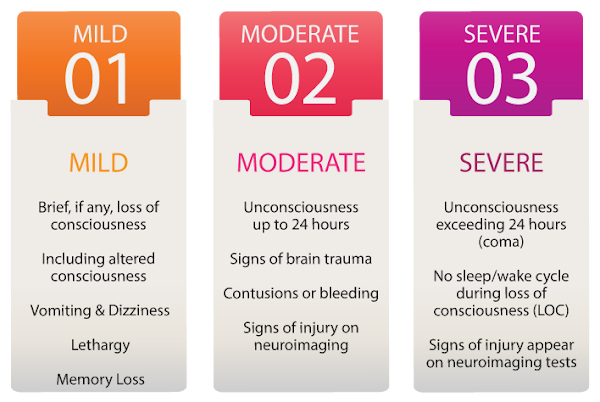With the holiday travel season quickly approaching, driver safety in Texas is crucial. Whether it’s because of a high speed limit, the volume of cars traveling, or the condition of the road, some highways consistently have more crashes than others. Every year, over 3,000 people are killed in road crashes throughout the state of Texas. 4,489 motor vehicle fatalities in 2021 sets a record with a 15% increase.
Out of the record high 4,489 fatal motor vehicle accidents, 630 of those accidents involved commercial vehicles. When a truck collides with a passenger vehicle, the result can be devastating. Those traveling in the passenger vehicle are likely to be seriously injured or tragically killed in the collision.
Approximately 14% of all Texas motor vehicle fatalities in 2021 occurred with large commercial vehicles.
The majority fatal truck wrecks involve passenger vehicle occupants. The vulnerability of people traveling in smaller vehicles; trucks often weigh 20-30 times as much as passenger cars and are taller with greater ground clearance, which can result in smaller vehicles underriding trucks in crashes.
Contributing Factors of a Commercial Truck Wreck
- Equipment failure and negligent maintenance
- Truck driver fatigue
(Drivers of large trucks are allowed by federal hours-of-service regulations to drive up to 11 hours at a stretch) - Aggressive driving and speeding
- Truck underride accidents - lack of underride protection or defective under guards
- Truck driver error & carelessness
Among other notable truck wreck cases, Miller Weisbrod Olesky Truck Wreck Attorneys recovered $8,750,000 from a large trucking company which was responsible for the deaths of a 67-year-old and a 19-year-old who were from Mexico.
Fatal Texas Highways
#1. STEMMONS FREEWAY (I-35E) - DALLAS
Description: US-77/ I-35E Between the I-30 Interchange and Exit 434
Fatal Accidents 2017-2019: 20
Fatal Accidents Per Mile: 4.1
#2 MARVIN D LOVE FREEWAY - DALLAS
Description: Between Camp Wilson Road and Illinois Avenue
Fatal Accidents 2017–2019: 15
Fatal Accidents Per Mile: 3.3
#3 TOMBALL PARKWAY (TX-249) - HOUSTON
Description: Between Antoine Dr. and W. Greens Rd.
Fatal Accidents 2017–2019: 14
Fatal Accidents Per Mile: 3.2
#4 INTERSTATE 35 - AUSTIN
Description: Between Exit 244 and the interchange with Route 290
Fatal Accidents 2017–2019: 14
Fatal Accidents Per Mile: 3.1
#5 TEXAS LOOP 12 - DALLAS
Description: Between South Lancaster Rd. and Longacre Lane
Fatal Accidents 2017–2019: 12
Fatal Accidents Per Mile: 2.5
#6 INTERSTATE 45 - HOUSTON
Description: Exit 63 (Airtex Dr.) to Metro TX 249 station
Fatal Accidents 2017–2019: 12
Fatal Accidents Per Mile: 2.4
#7 LYNDON B JOHNSON FREEWAY (LBJ) – MESTQUITE/GARLAND
Description: Jupiter Road to the I-30 interchange
Fatal Accidents 2017–2019: 12
Fatal Accidents Per Mile: 2.5
#8 TX HWY 183 – IRVING/FORT WORTH/EULESS
Description: N. Beltline Rd. to N. Industrial Blvd.
Fatal Accidents 2017–2019: 12
Fatal Accidents Per Mile: 2.6
#9 INTERSTATE 20 – FORT WORTH/FORREST HILL/KENNEDALE
Description: The I-820 interchange to the I-35 W Interchange
Fatal Accidents 2017–2019: 12
Fatal Accidents Per Mile: 2.8
#10 INTERSTATE 45 - HOUSTON
Description: Rte. 5 to Exit 50
Fatal Accidents 2017–2019: 11
Fatal Accidents Per Mile: 2.3
A truck driver for the largest milk hauler in the United States fell asleep at the wheel, causing a wreck that killed my mom, Julia Jones. When the insurance company wouldn’t settle, Clay Miller took the case to trial. During cross-examination, Clay made the driver admit he faked his logs and the safety director concede the company was grossly negligent. Just before closing argument, the case settled for $5.8 million. - TINA KHWAJA
The experienced attorneys at Miller Weisbrod Olesky take on the largest commercial transportation companies and their insurance carriers. Our proven record of success in obtaining substantial settlements and verdicts for our injured clients speaks for itself.
If you were injured in an accident caused by an 18-wheeler, tractor-trailer, semi-truck, big rig, or any other commercial or municipal vehicle, contact our offices today to schedule a free consultation with an experienced trial lawyer.
Immediate investigation and swift legal action may be necessary to protect your rights. Miller Weisbrod Olesky represents commercial vehicle accident victims across the United States. To discuss your case in a free consultation, please call our offices toll free at 888.987.0005 or contact us by e-mail today.
Check Highway Conditions Before You Travel with DriveTexas.










































